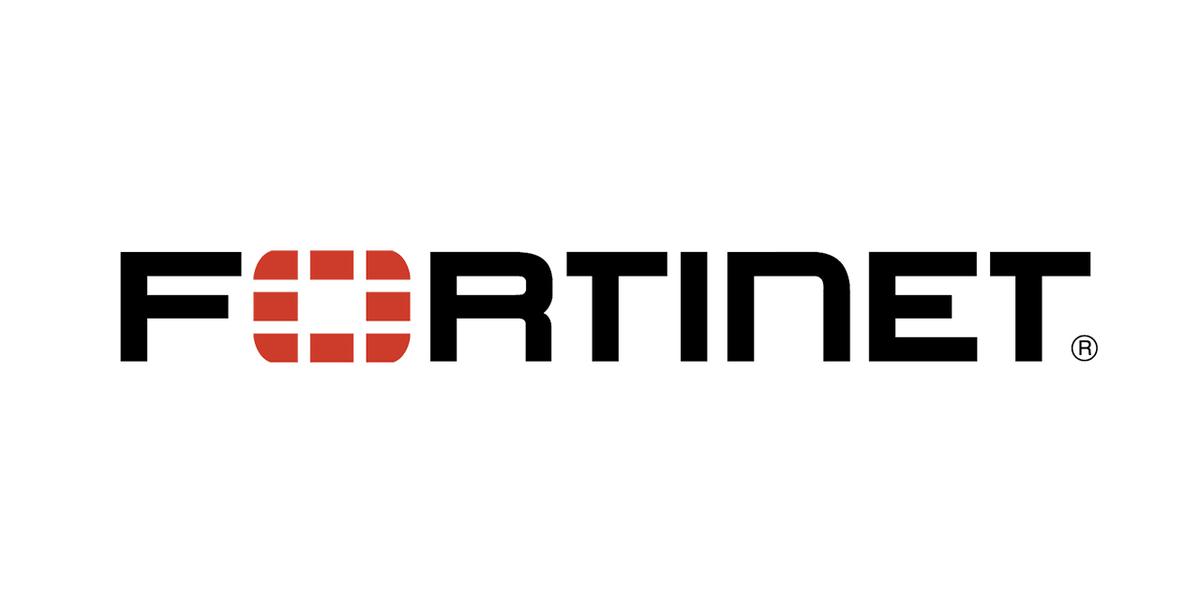The increased popularity and user demographic of Mac computers has led to an increase in directed cyber attacks. With Macs becoming more of an attractive target for cybercriminals, Fortinet warns users to be extra cautious by taking necessary preventive security measures such being wary of information shared online, and ensuring data is always backed up and encrypted.
A popular choice in the workplace, especially by c-suite executives and marketing teams, Apple devices are now more prone to security breaches, cyber attacks, and threat vectors. Fortinet’s FortiGuard Labs threat research team has revealed some cyber criminal’s emerging hacking tools that now target cross-compatible software. Leveraging attacks, cyber criminals are now following a cybercrime-as-a-service trend which consists of them creating malware “franchises”. These franchises include simultaneous attacks across multiple Macs in exchange for profits on the back end. The increased scale of ransomware attacks translate to severe financial loss.
“When it comes to security, the only constant is change, whether it is the way networks are evolving or how these changes are creating new opportunities for criminals,” said Aamir Lakhani, Fortinet Senior Security Strategist. “It is imperative that companies approach security from a holistic perspective. This includes making sure that every device is protected across all threat vectors, including Mac devices that were thought to be secure.”
Necessary actions are required to prevent and mitigate emerging cyberattacks. Fortinet recommends Mac users the following:
- Apply patches and updates. Apple regularly provides security updates. Users must make sure they take the time to apply them.
- Backup your device. Apple’s Time Machine service will automatically create full system backups, which means that should a system get ransomed, one could simply wipe the device and perform a full system restore from backup. Regularly scan backups for vulnerabilities and store these backups offline. Offline storage is vital because Time Machine backup systems are often persistently connected to the device being backed up, and risk being compromised during an attack.
- Encrypt data stored on device. While this may not be effective against many ransomware variants, it is still a good practice as it can protect an organization should any device become infected with malware that is designed to steal files and data.
- Install an endpoint security client. Look for endpoint solutions that will not only protect your device, but tie that security back into your network security strategy, allowing you to leverage and share threat intelligence to better protect your device and its assets.
- Deploy security that covers other threat vectors. As email is still the number one source for malware and infection, ensure that a robust email security solution is deployed. The same is true for web security tools, wired and wireless access controls, cloud-based security, and network segmentation strategies that help detect, isolate, and respond to threats found anywhere across a distributed environment.
